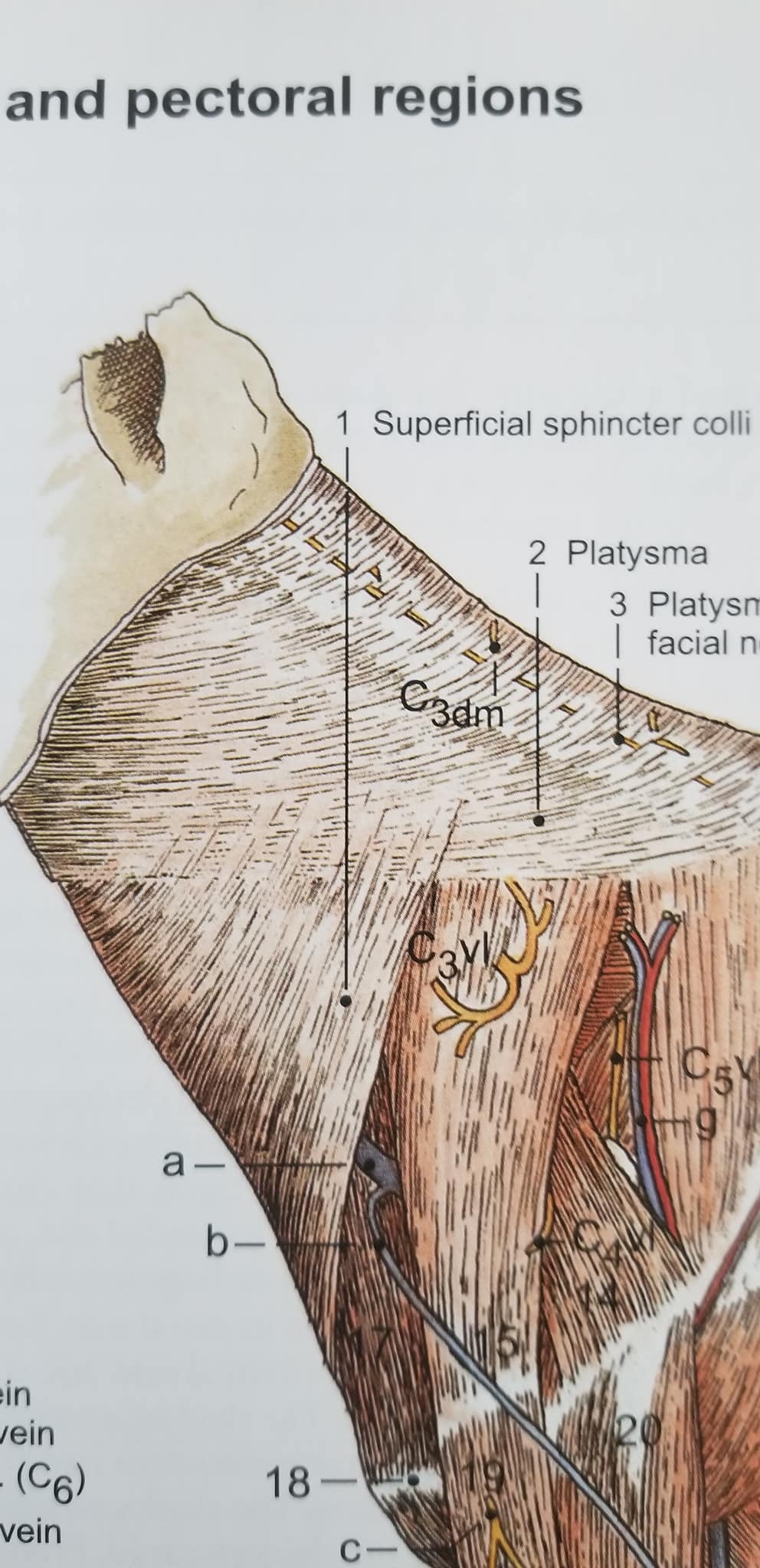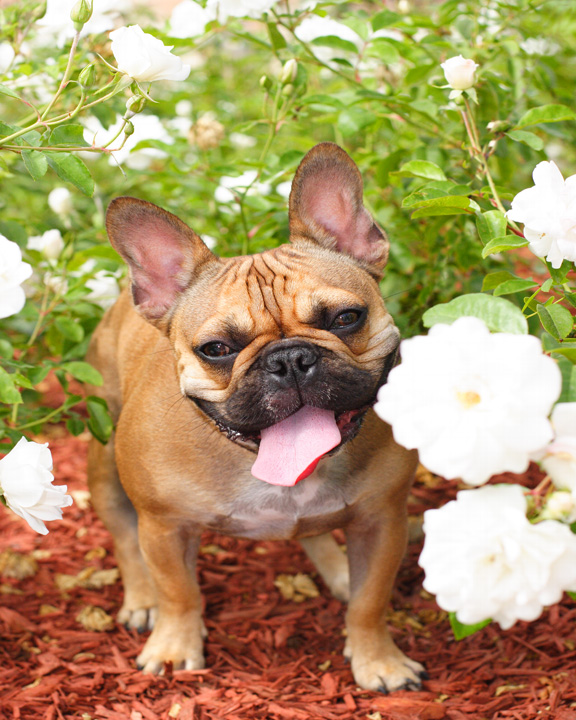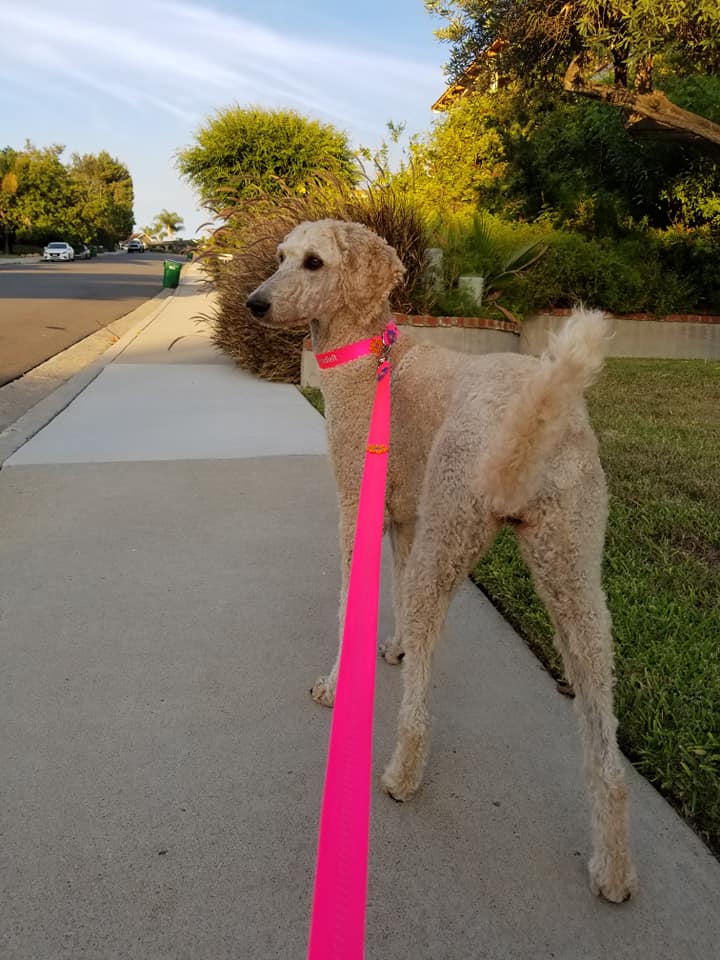As Elsa and I rounded the corner we came across a group of women walking about 30 feet in front of us. One of them had a red miniature poodle with them but the other women were dogless. They were chatting about working out and were deep in conversation. The woman with the poodle was oblivious to what was going on with her dog, pretty typical. She was walking and talking away to her friends and never once glanced down to see what her dog was doing.
What was her dog doing? Trying to get away from her. The little poodle was trying to escape the constant yanking on his neck. With every swing of her arm she inflicted a pretty good yank. The more she swung and yanked the more the dog tried to avoid it; pulling to the very end of his leash in his attempts to avoid the yanks. Of course the harder he pulled the more severe his yanks were; it’s physics.
I often see dogs straining and ducking, trying to get away from their swinging leash. Sometimes it’s the hook on the leash that is hitting them in the face; other times it is just the leash, and in this case it was the constant tugging.
Many, many years ago I learned to still my leash hand; the hand that is holding the leash is kept motionless. Sitting quietly by my side, maybe tucked into the belt of my pouch or bent up over my chest, the leash hand lays dormant, inflicting nothing for Elsa to avoid.
There are times when guardians become so oblivious to their dogs pulling that they themselves are oblivious to their yanking. Every time their dog pulls at the end of the leash they yank. Much of the time they don’t even know that they are doing it; and it becomes a vicious circle of behaviors.
Is your dog enjoying their leash walk? Do you look down every once in a while to see how they are doing? Are you aware of how you are walking? Are you also aware how your walking is impacting how your dog is walking? Sometimes we just need someone else to tell us what is going on. Many guardians don’t take a big interest in how they are walking, just that they are out walking their dog. But there is a good way to walk and many bad ways to walk.
What is your leash hand doing?
Next time you are out somewhere with your dog, look around; do you see people causing their dog to move away from them? Now, how do you walk your dog?
Need help? Call me.





























